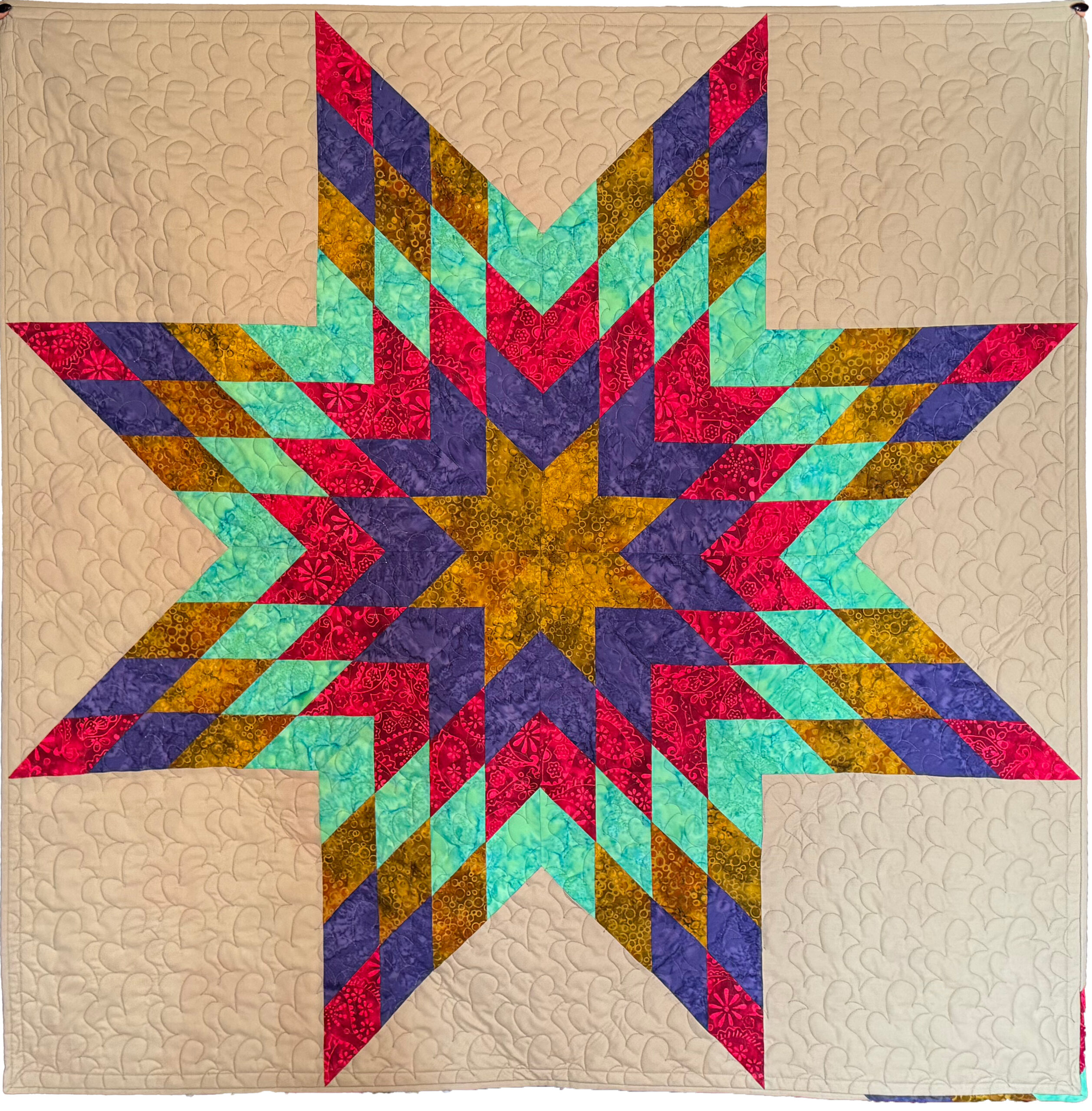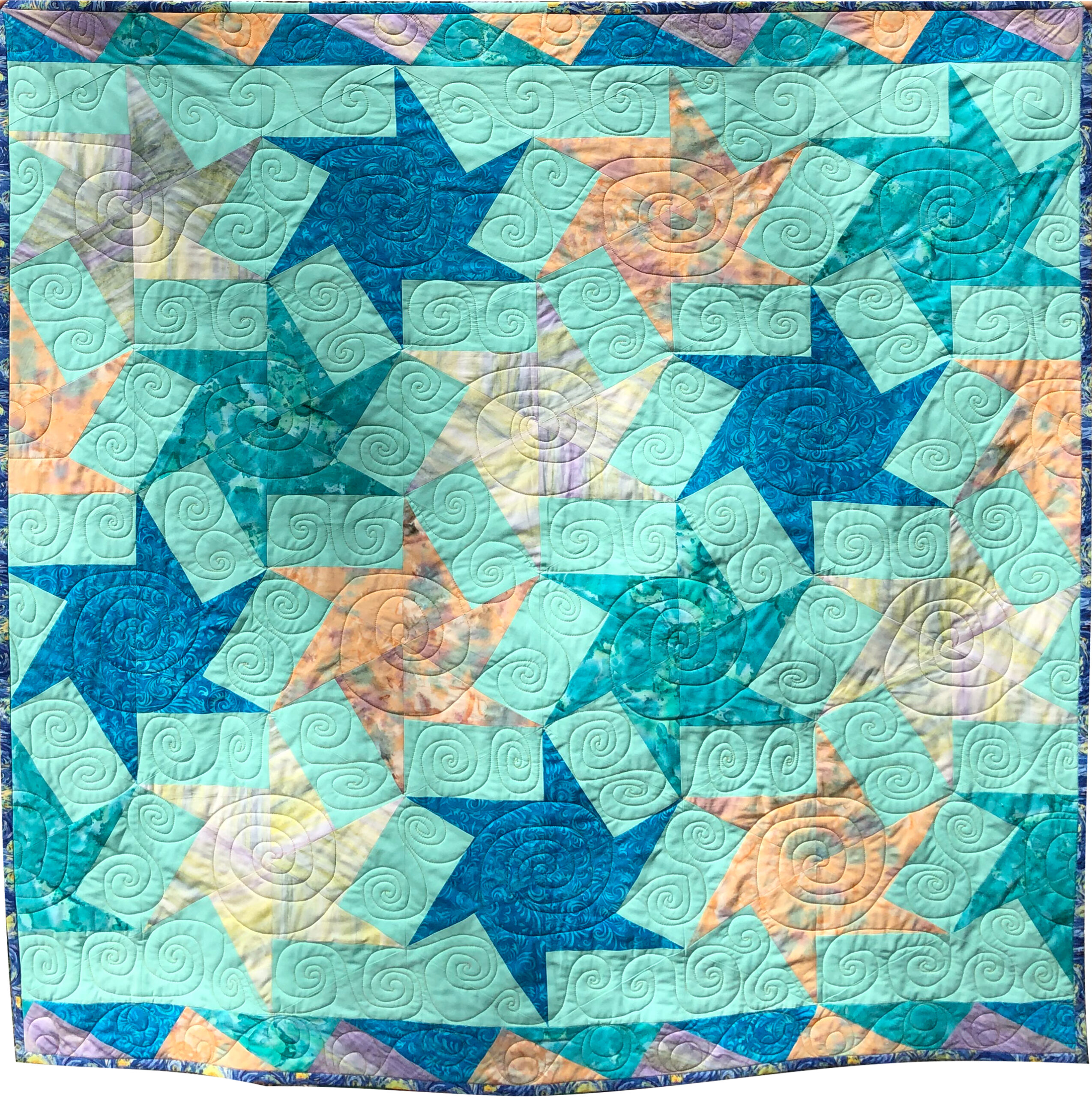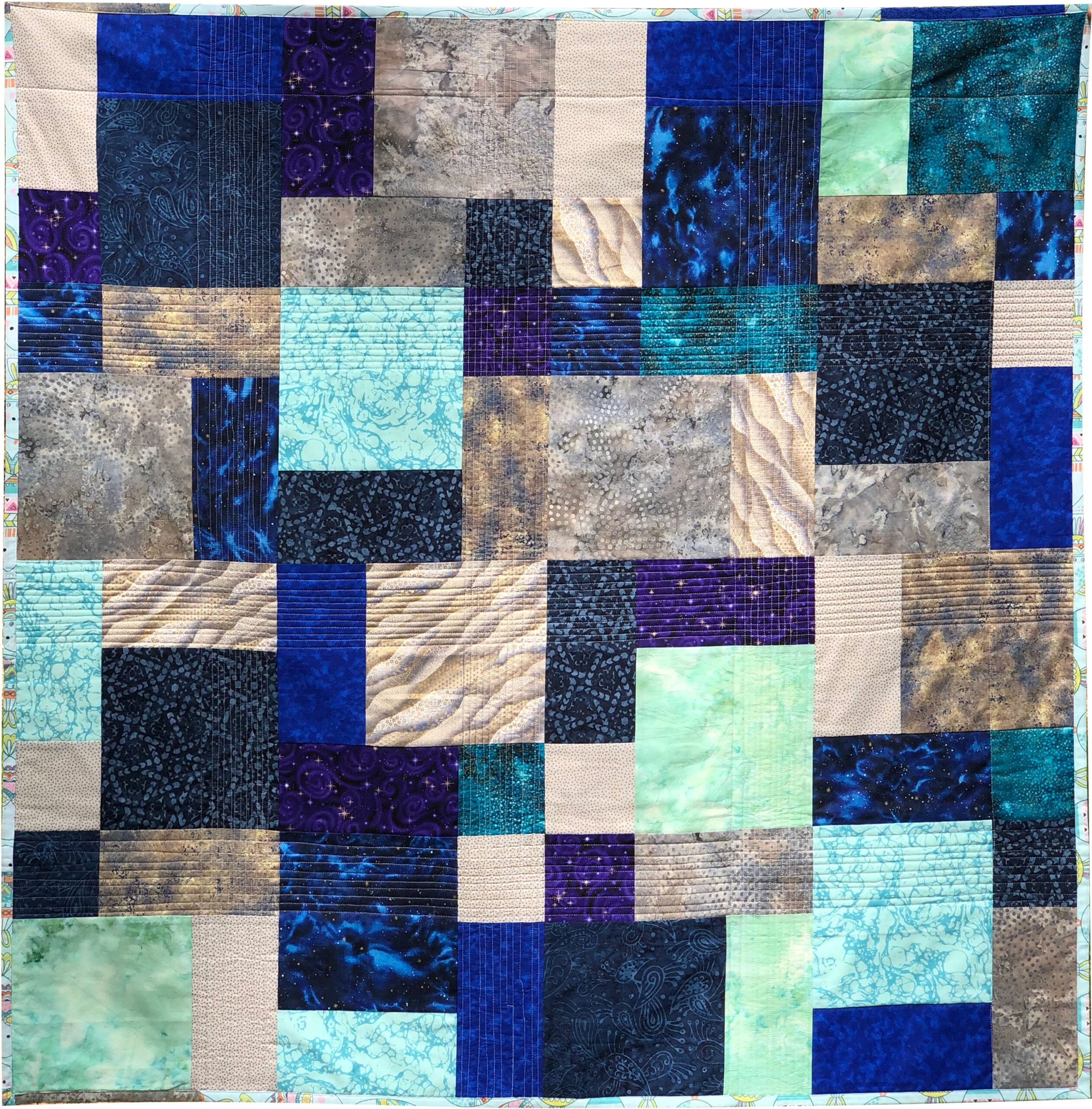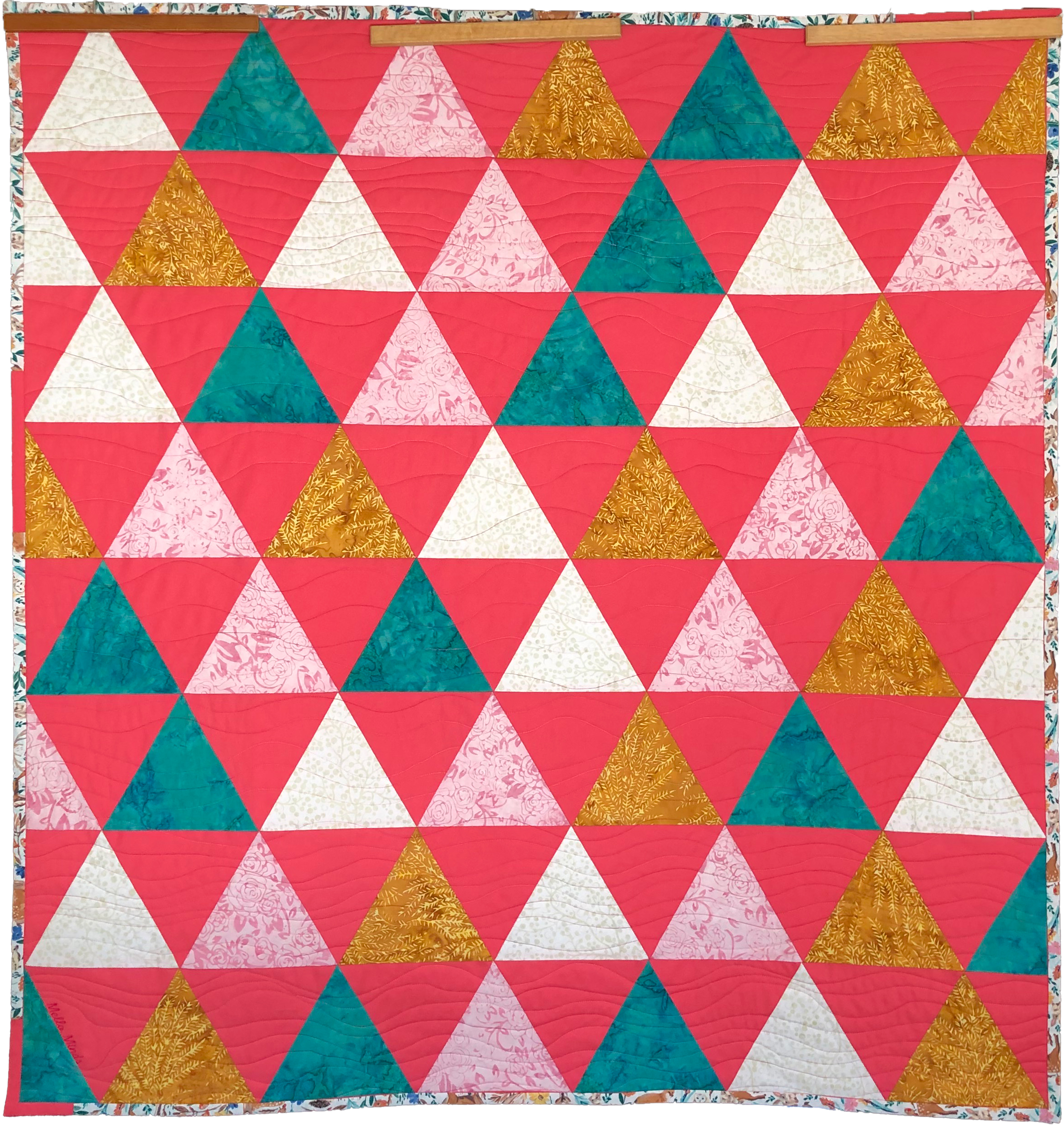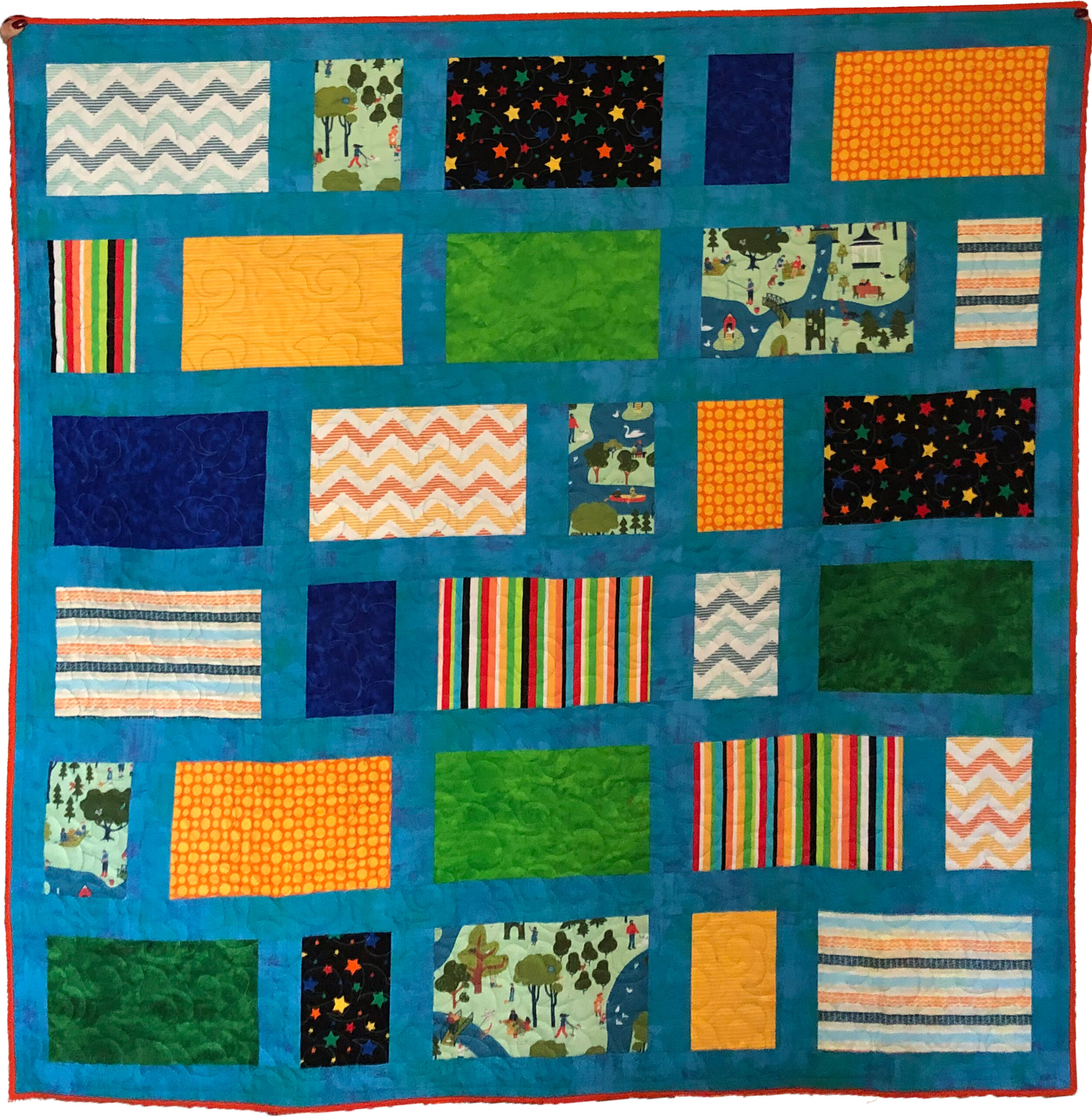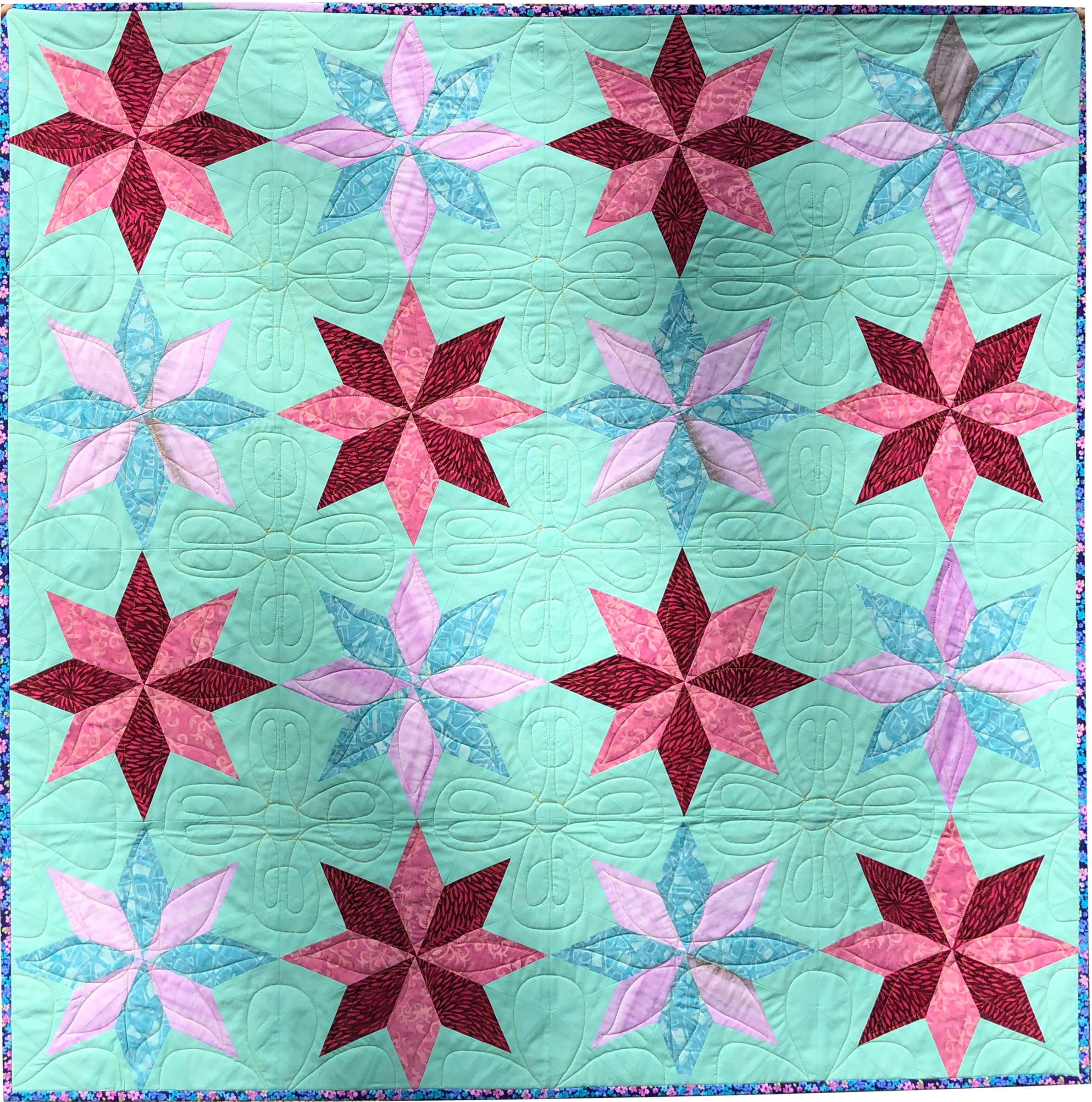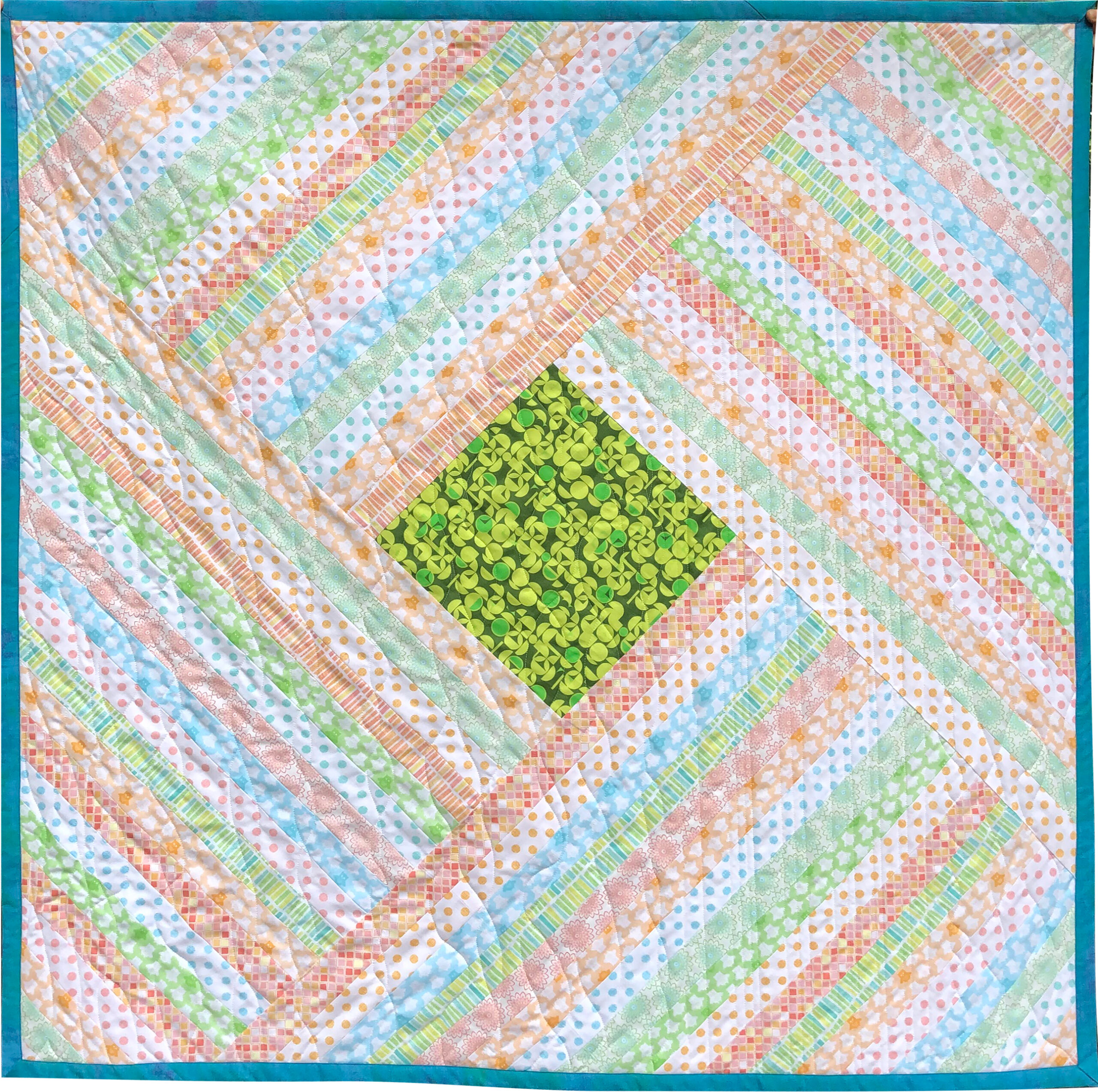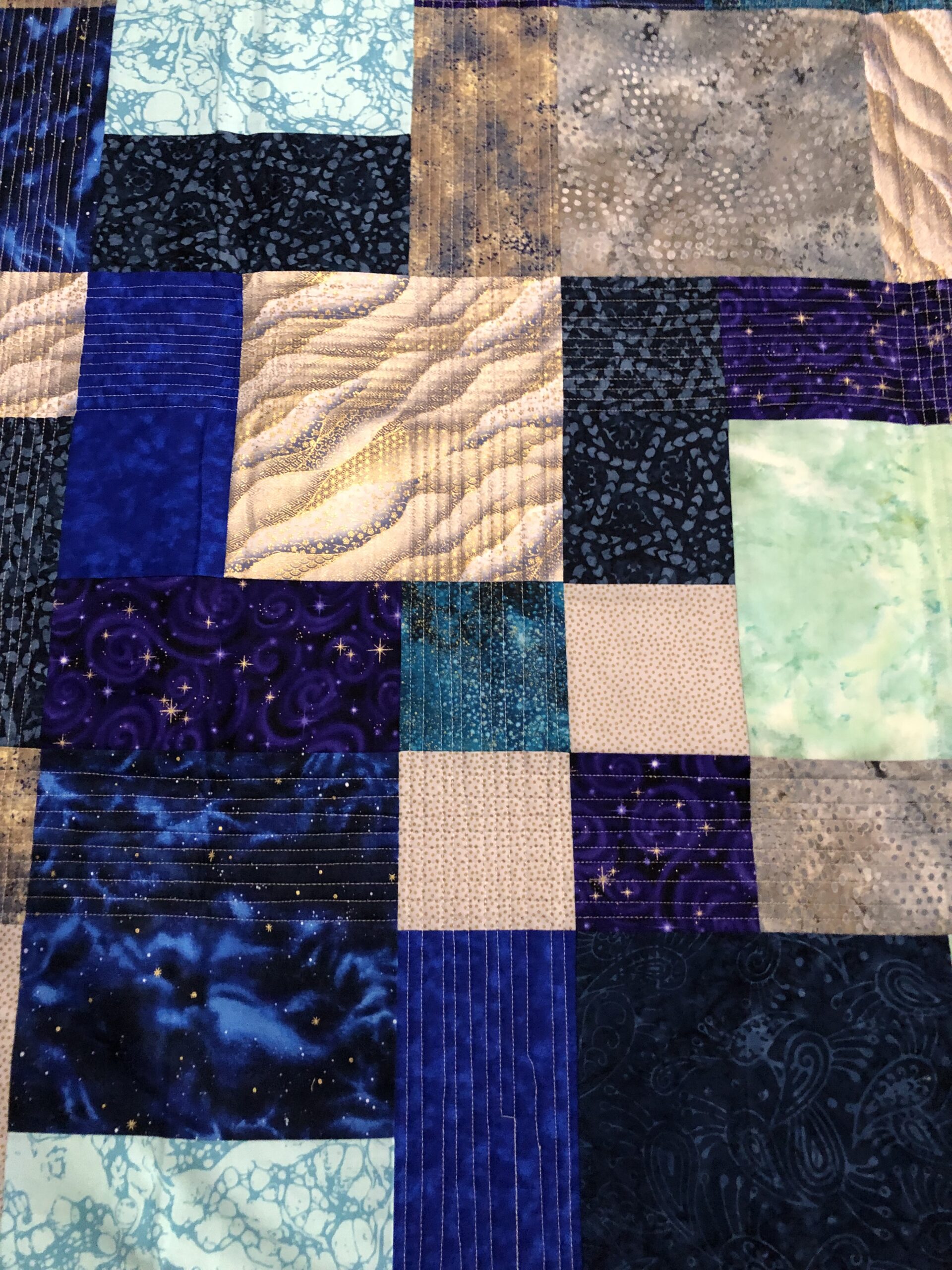
Quilts, quilts and quilts
The history of quilts is a rich and intricate tapestry that spans centuries, cultures, and continents. Quilting—the process of stitching together layers of fabric with padding in between—has served practical, artistic, and social purposes throughout time.

Quilting dates back thousands of years, with some of the earliest evidence found in ancient Egypt. A carved ivory figure from around 3400 BCE depicts a pharaoh wearing a quilted garment, and archaeologists have discovered quilted clothing and bed coverings in Egyptian tombs.
Shop
Baby Quilts
Baby Quilts
Baby Quilts
Baby Quilts
Baby Quilts
Baby Quilts
Baby Quilts
Baby Quilts
Baby Quilts
Everyone needs a quilt


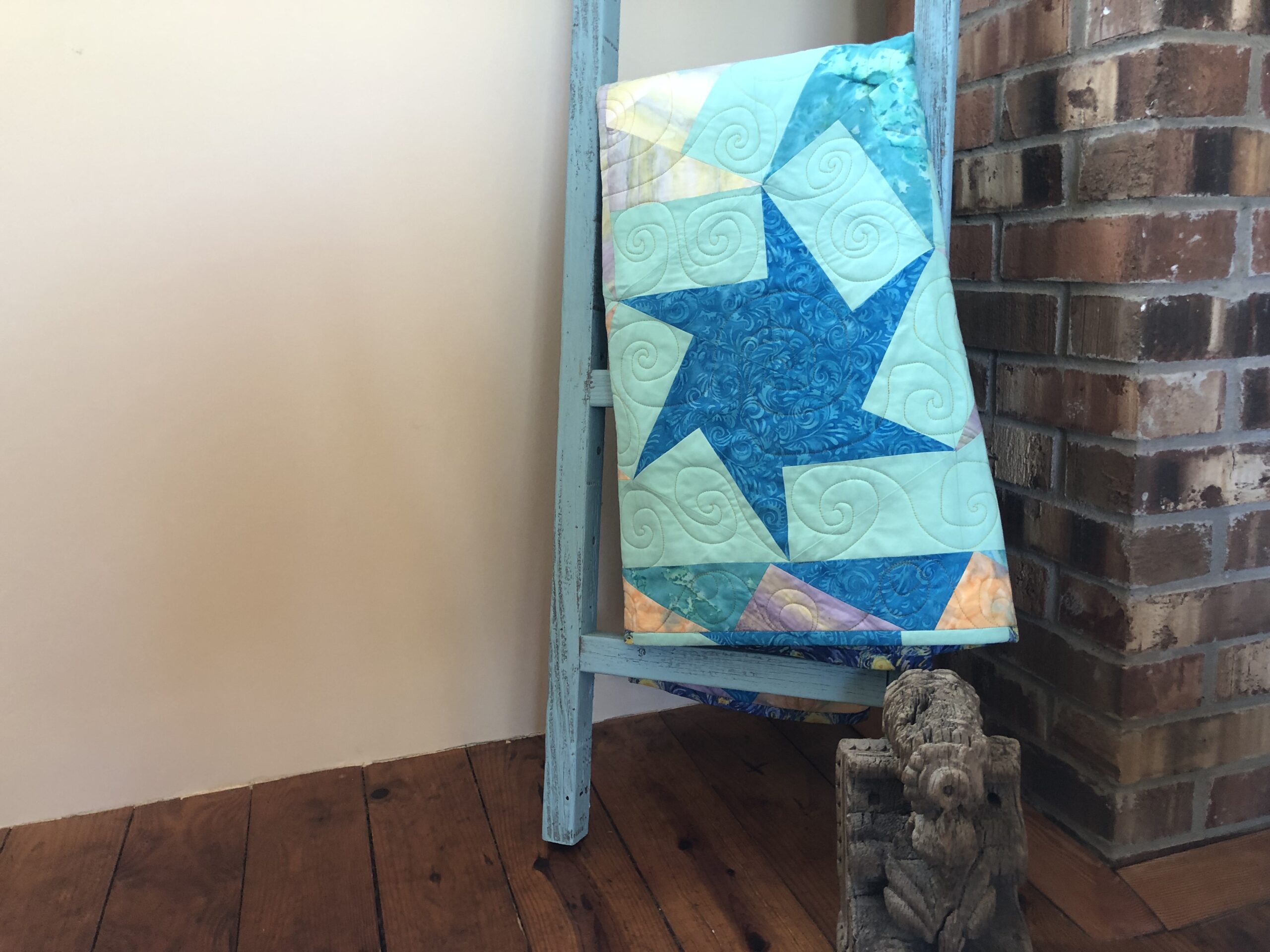
Quilting dates back thousands of years
Similarly, quilted armor was used in ancient China as early as the Zhou Dynasty (1046–256 BCE), providing soldiers with both protection and warmth. The Romans also adopted quilted textiles, using them as undergarments beneath armor to cushion against blows.
Quilting history
Quilting traditions in Africa are deeply rooted in cultural expression, storytelling, and communal craftsmanship. While patchwork and textile layering have ancient origins on the continent, the modern history of African quilting is closely tied to trade, colonization, and the resilience of African textile arts. Unlike the structured quilt patterns of Europe and America, African quilting often emphasizes bold colors, asymmetry, and symbolic meaning.

